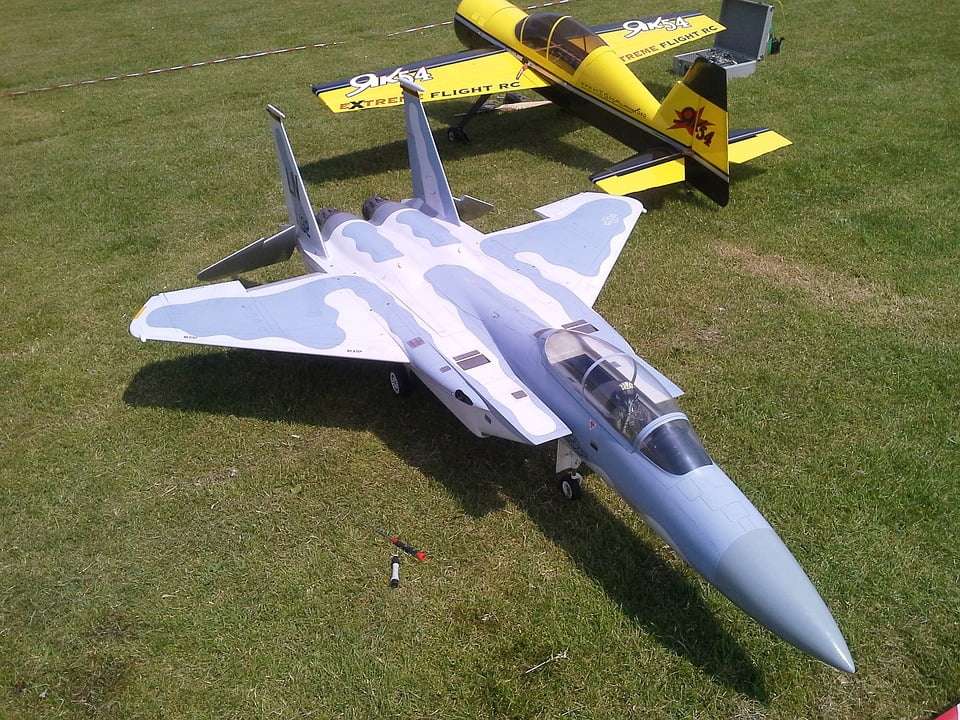
The list of API servers is stored in /var/snap/microk8s/current/args/traefik/provider.yaml. When adding a worker node, MicroK8s attempts to detect all API server endpoints in the cluster and configure the new node accordingly. To add a worker node use the -worker flag when running the microk8s join command: microk8s join 192.168.1.230:25000/92b2db237428470dc4fcfc4ebbd9dc81/2c0cb3284b05 -workerĪ worker node runs a local API server proxy that takes care of the communication between the local services (kubelet, kube-proxy) and the API servers running on multiple control plane nodes. They also make sense in large clusters with enough control plane nodes to ensure HA. Worker nodes are ideal for low-end devices as they consume fewer resources. Worker nodes are able to host workloads but they do not run the Kubernetes control plane and therefore they do not add to the availability (HA) of the cluster. Starting from the 1.23 release a node can join the cluster as a worker node.
#Controlplane app replacement how to#
For example: microk8s is runningĭatastore master nodes: 10.128.63.86:19001 10.128.63.166:19001 10.128.63.43:19001įor more information about how HA works, and how to manage an HA cluster, please see the High Availability page.

The microk8s status now includes information about the HA state.

If your cluster consists of three or more nodes, the datastore will be replicated across the nodes and it will be resilient to a single failure (if one node develops a problem, workloads will continue to run without interruption). High Availabilityįrom the 1.19 release of MicroK8s, HA is enabled by default. For clustered storage, you should set up alternative storage. If you are using the simple storage provided by the hostpath storage add-on, note that this will only be available to the nodes it has been enabled on. Indicate that the departing (unreachable now) node should be removed permanently: microk8s remove-node 10.22.254.79 To complete the node removal, call microk8s remove-node from the remaining nodes to
#Controlplane app replacement full#
Will restart its own control plane and resume operations as a full single node cluster: microk8s leave You should be able to see the node has joined: microk8s kubectl get noįirst, on the node you want to remove, run microk8s leave. Joining a node to the cluster should only take a few seconds. If the node you are adding is not reachable through the default interface you can use one of the following:

Use the '-worker' flag to join a node as a worker not running the control plane, eg: This will return some joining instructions which should be executed on the MicroK8s instance that you wish to join to the cluster (NOT THE NODE YOU RAN add-node FROM) From the node you wish to join to this cluster, run the following: The MicroK8s instance on which this command is run will be the master of the cluster and will host the Kubernetes control plane: microk8s add-node To create a cluster out of two or more already-running MicroK8s instances, use the microk8s add-node command. updated from an ntp server) for inter-node communication to work. Note that, as with almost all networked services, it is also important that these instances have the correct time (e.g. Note: Each node on a MicroK8s cluster requires its own environment to work in, whether that is a separate VM or container on a single machine or a different machine on the same network. Manage upgrades with a Snap Store Proxy.


 0 kommentar(er)
0 kommentar(er)
